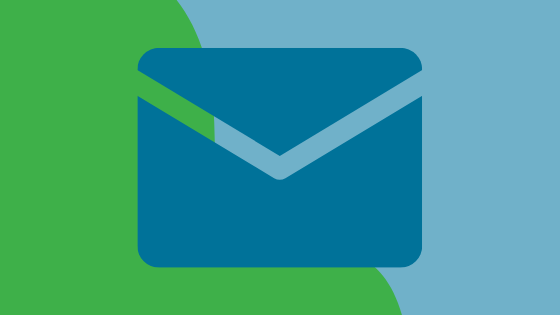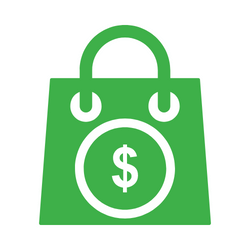
When it comes to eCommerce marketing tactics, email marketing still reigns supreme, but success in email marketing doesn’t always come easy. These email marketing best practices will help you stand out in full inboxes, engage your customers and generate sales.
1. Segment your audience
When you want to stand out in a customer’s inbox, it’s important that your message and content is personalized. One of the best ways to accomplish this is using segmentation.
This allows you to segment your customers and subscribers based on factors such as their demographic data, shopping behavior, or some other criteria and target those groups with specific messages. Segmented emails have a 14% higher open rate compared to non-segmented emails, and segmented emails can result in as much as a 760% increase in revenue.
So, what are some of the best practices for including segmentation in your email marketing strategy?
One effective use of segmentation is practicing the 80/20 rule. This means sending emails to your engaged list 80% of the time and to your unengaged list 20% of the time. Your engaged list includes subscribers that frequently interact with email campaigns, and your unengaged list is composed of subscribers who may have once been active but no longer engage with your emails. Typically, a good threshold is that when a customer is unengaged for 3 months they fall into the unengaged segment. The goal is to move your unengaged segment back into the engaged category. This is important since 2-3% of subscribers become unengaged each month. Some effective subject lines to try to re-engage customers could be “Last chance to hear from us” or “Would you still like our emails?”.

2. Tell a story
If your customers feel a connection with your brand, they’re much more likely to engage. Make sure your emails are telling a story and building an emotional connection with your customers. Try including behind-the-scenes content in your email, adding lifestyle images instead of product images, or including a personal video to create a personal connection in your email. You could even include a photo of the business’ owner or founder with a quote or personal story to make it even more personal. There are many different tactics to connect with your customers, but creating an emotional connection will make your customers much more likely to engage and make a purchase. Make sure you keep it short and simple! Customers tend to scan rather than read emails and too much content will overwhelm mobile viewers.
3. Use effective subject lines
Subject lines are the first part of your email that your customer sees, so it’s crucial that your subject lines are effective.

The best way to test the effectiveness of subject lines is using A/B testing. A/B testing is a method that allows you to compare two versions of the same content or subject line. This will show you which approach is more effective. Some things to consider when testing subject lines are including emojis, using the subscriber’s name, including a limited time offer, or asking a question. Use A/B testing to see what engages your customers the most and to improve your email open rates.
You know how to test your subject lines now, but how about writing them in the first place? Creating email subject lines can be tricky, so here are a few other things to consider.
- If you’re trying to decide whether to put a subject line in all caps, don’t worry about it. The median open rate difference is only 0.15% between subject lines in all caps and those that are not.
- Avoid including a series of punctuation marks, such as multiple exclamation marks. Subject lines including excess punctuation perform about 19% worse than those that do not.
- Finally, to engage mobile users, it’s important to not exceed 30-40 characters in your subject line.
We’ve covered some things to avoid, but here’s some inspiration to get you started. One good practice is to lead with the benefit that your product will provide a customer. For example, if you are selling sleepwear, you could use the subject line “Your best sleep yet”. Another strong practice for email subject lines is to evoke curiosity by saying something like “How about a new little black dress?”. You can also include a special offer in your subject line, convey a sense of urgency, or reference a brand update. All of these practices will help you engage customers and increase sales.
4. Be strategic about cadence and send times
Want to make sure you’re sending emails at the best times and cadences for your customers, but aren’t sure where to start?
Here are some best practices for the email send times and cadences to make sure your customers are engaging. While email send time is important, the most important aspect of email cadence is consistency. We recommend aiming for between 3 to 6 emails per month depending on your store and goals. You can also A/B test email frequencies between two groups to see which frequency is more effective, but keep in mind that it will take time to see results.

5. Don’t forget to clean up your list

According to The Wall Street Journal, email is the “only guaranteed delivery option the internet has left.” Email marketing is reliable, cost effective, and easily personalizable. You control your own list and can easily measure your results. And most importantly, your customers actually want to receive them!
With the Springbot platform, you can easily build and send email campaigns in addition to SMS and advertising campaigns.
If you’d like to try our platform out for free, sign up for a 14-day trial here. Or schedule a walkthrough of the platform with one of our eCommerce experts here.






